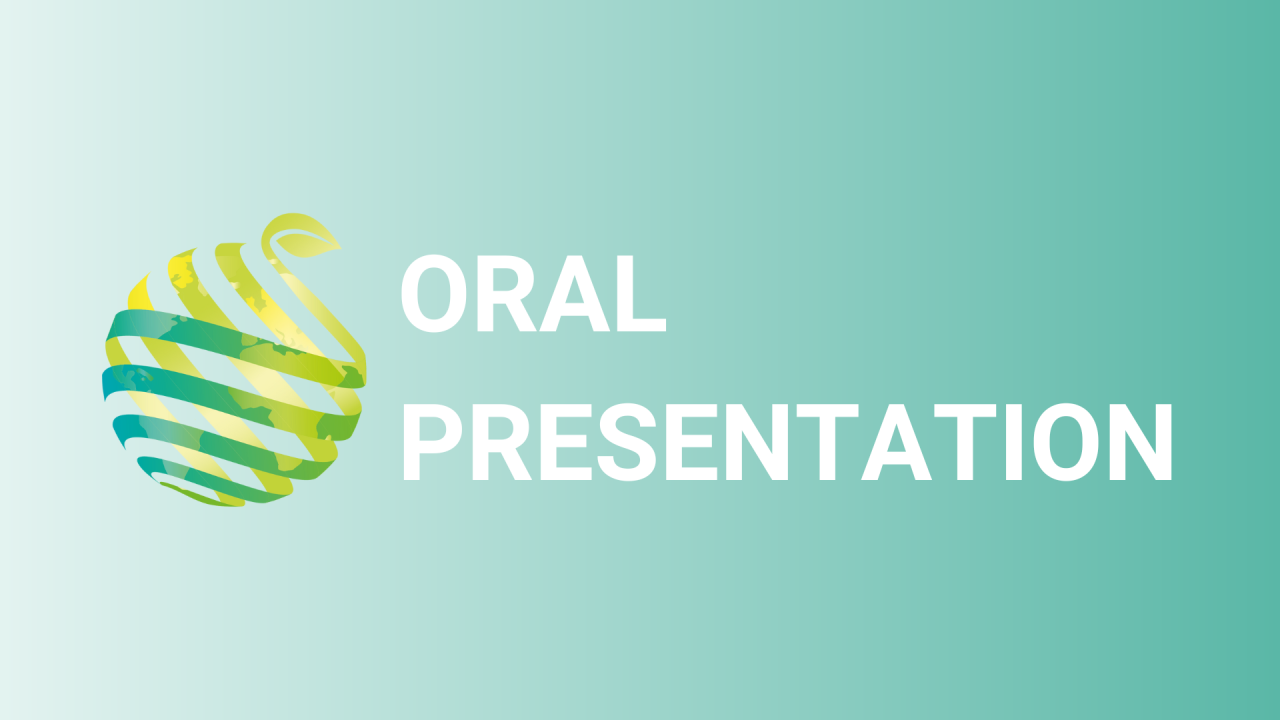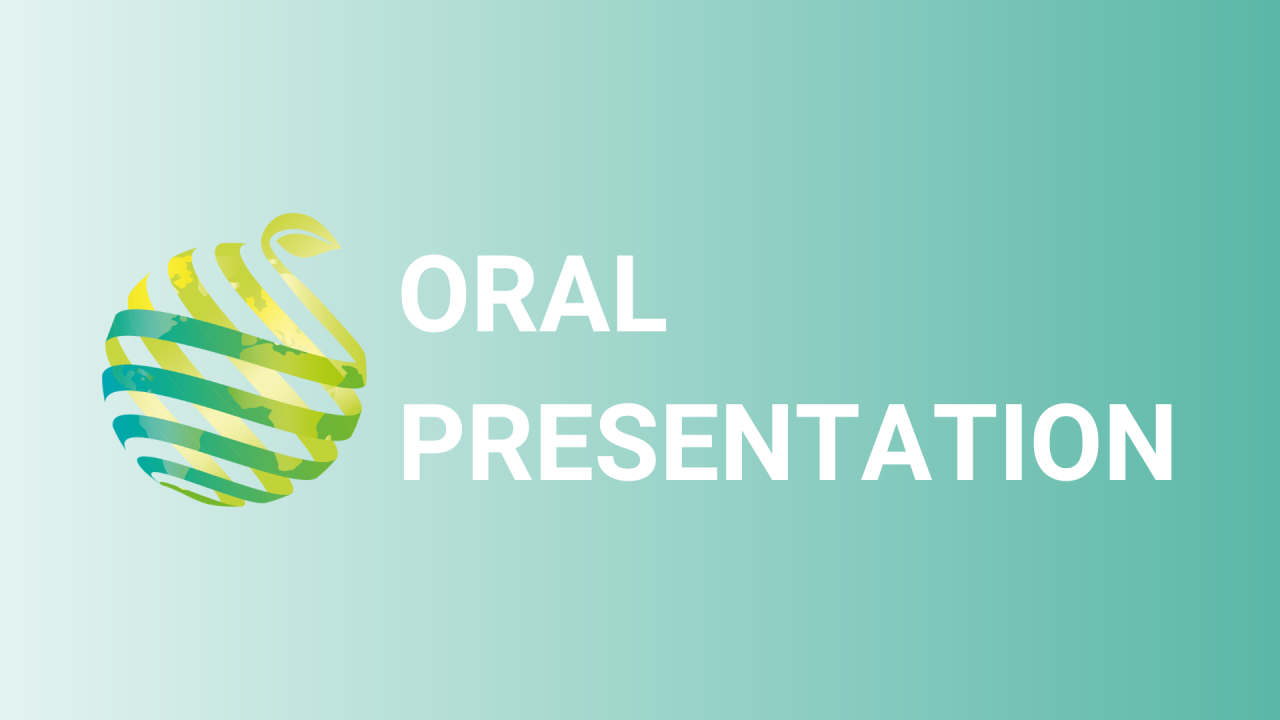

S07 - Session O1 - Monitoring environmental impacts of an indoor vertical green-living wall (VGW) system
Information
Authors: Yehuda Yungstein *, David Helman
An increasing number of commercial companies advertise the potential of indoor vertical green-living wall (VGW) systems to reduce indoor CO 2 and save energy by lowering the temperature in the room during warm days. Such claims, however, were only examined in small scale experiments and under control environments. Here, we examine the effects of an indoor VGW system in a real working space. Our objectives were to (1) quantify the effect of different plant species, (2) model its partial and integrated contribution to observed changes in air temperature, relative humidity (RH), and CO 2 in the room, and (3) use remote sensing to monitor the feedback loop between the wall and the indoor environment. We built in our lab (a computer working lab with a space volume of 150 m 3 ) a unique hydroponic vertical system (Patrick Blanc's system) with six ornamental species growing on a 15-m 2 wall. We use gas-exchange devices, temperature and RH sensors, CO 2 gas-analyzers, and thermal and hyperspectral cameras to continuously measure parameters across the wall and within the indoor environment. The number of people in the room was also recorded. Our results indicate that the VGW was capable of reducing CO 2 by 5%-15% under low CO 2 levels (450 ppm). Temperature was reduced by 1.14+-0.30°C during daytime and by 0.60+-0.38°C during nighttime, up to a distance of 3m from the wall. We found that two species, Tradescantia spathacea and Aeschynanthus monalisa ,had the highest CO 2 uptake, which means that these two should be preferred in VGW to reduce CO 2 . We also created a model to describe the response of each species to CO 2 and light and their interaction with the indoor environment. We do not only confirm the beneficial effects of VGW but also quantify the effects to better design VGWs for specific indoor conditions.